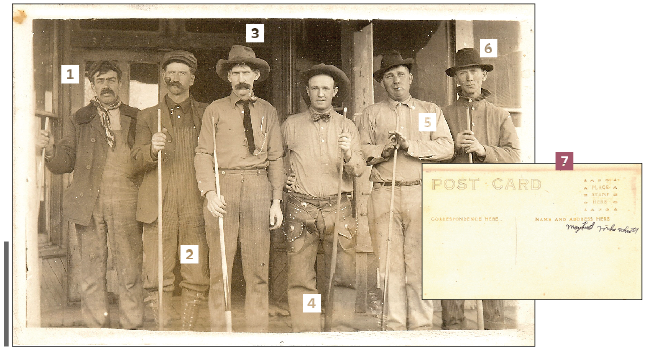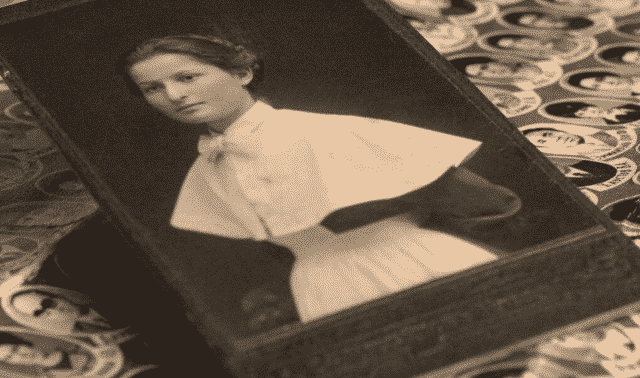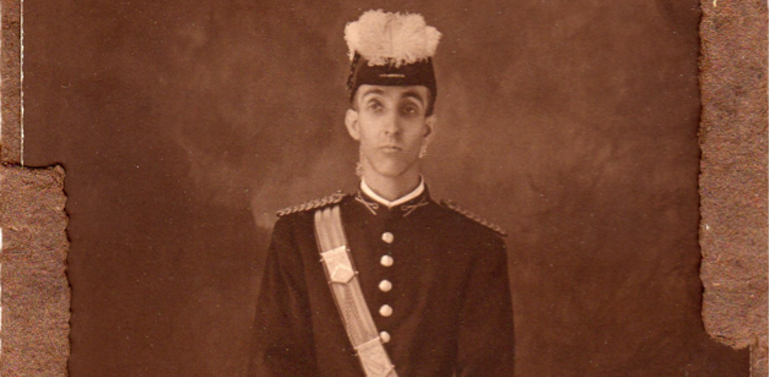Sign up for the Family Tree Newsletter! Plus, you’ll receive our 10 Essential Genealogy Research Forms PDF as a special thank you.
Get Your Free Genealogy Forms
"*" indicates required fields
While many official records can help you learn what your ancestors did for a living, few tell you what they did in their free time. So how can you learn about their hobbies and interests?
Snapshots taken by family and friends are one great way to get a look at your relatives’ everyday life. Likewise, itinerant photographers visited homes and businesses in their communities and beyond, capturing views of daily life. These types of photos offer you the best glimpse into your ancestors’ world, for they depict people in real-life settings rather than a studio with an artificial background.
Charlotte Flock’s mother received this real-photo postcard when her parents (Flock’s grandparents) passed away. Flock knows where this photo was taken and the names of the two men on the left, but the rest of the story—including the identities of the other four men and the photographer—is unknown.
The identified men are Flock’s great-grandfathers. On the far left is Ira Willard Mayfield (born Feb. 4, 1872), the maternal grandfather of Flock’s mother. Next to Mayfield is her other grandfather, Michael Schmitt (born Sept. 12, 1871).
The pool cues are a clue to where these men were when the photographer stopped by. According to Flock, they’re posed in front of the pool hall in Mulhall Township, Okla. (the area had just one such facility). Markings on the back of the postcard date the photo to between 1907 and 1918.
The 1910 US census lists a Yeve Cox as the owner of a pool hall in the township. He was 37 years old and born in Indiana, Mayfield’s former home. Perhaps Cox is in this photo. In her book History of Mulhall, Oklahoma: 100 Yesteryears (Transcript Press), Kathryn Stansbury wrote about a Cunningham’s Pool Hall that burned down in 1919. It is unknown if the two establishments were the same.
Examining the men’s clothing can provide clues to their occupations, and therefore help narrow their identities. The details of the men’s dress reveal the photo includes farmers, a cowboy, laborers and possibly a storeowner. Can you help identify the other men in this image? If so, email Family Tree Magazine at ftmedit@fwmedia.com.

From the May/June 2014 Family Tree Magazine



